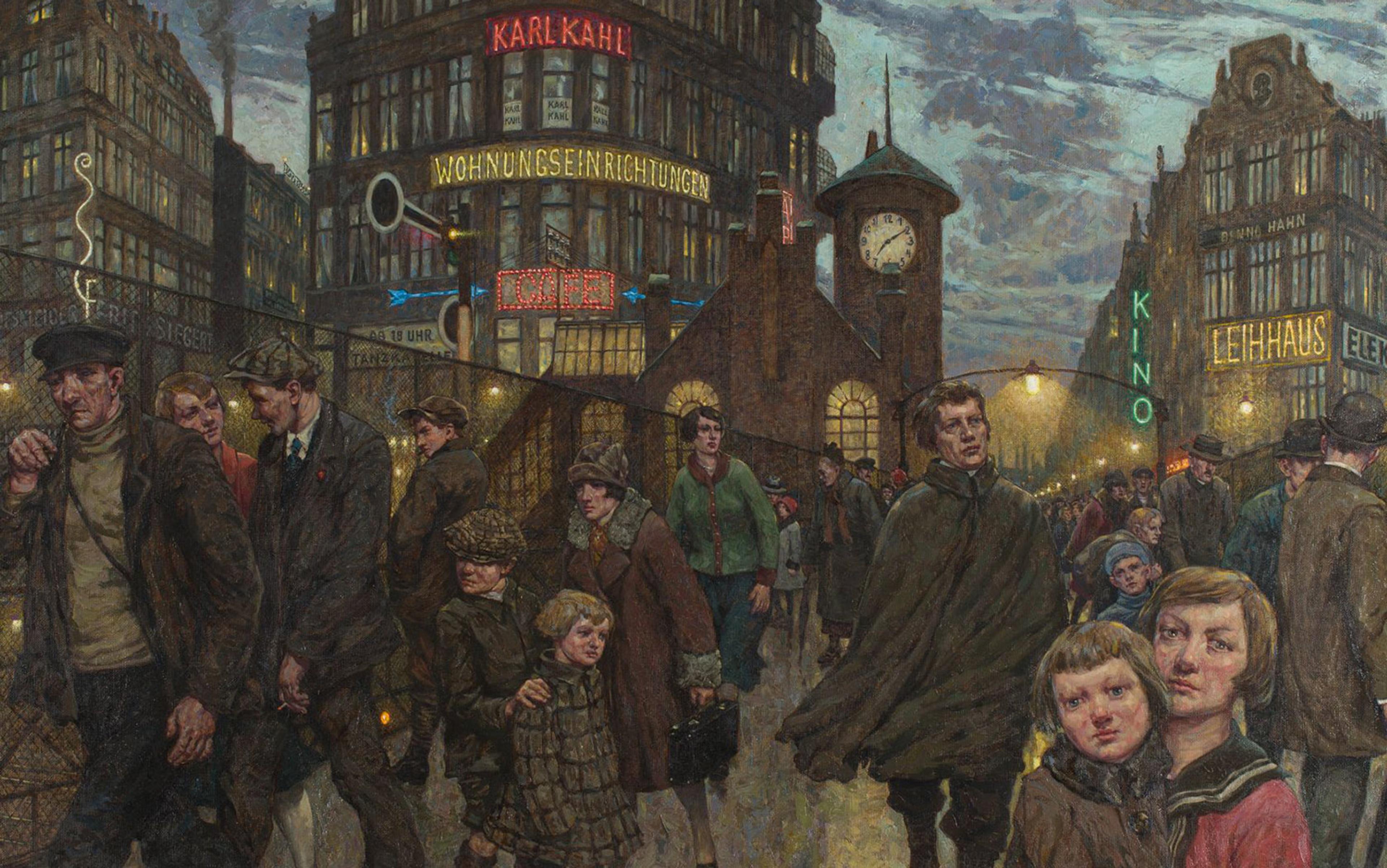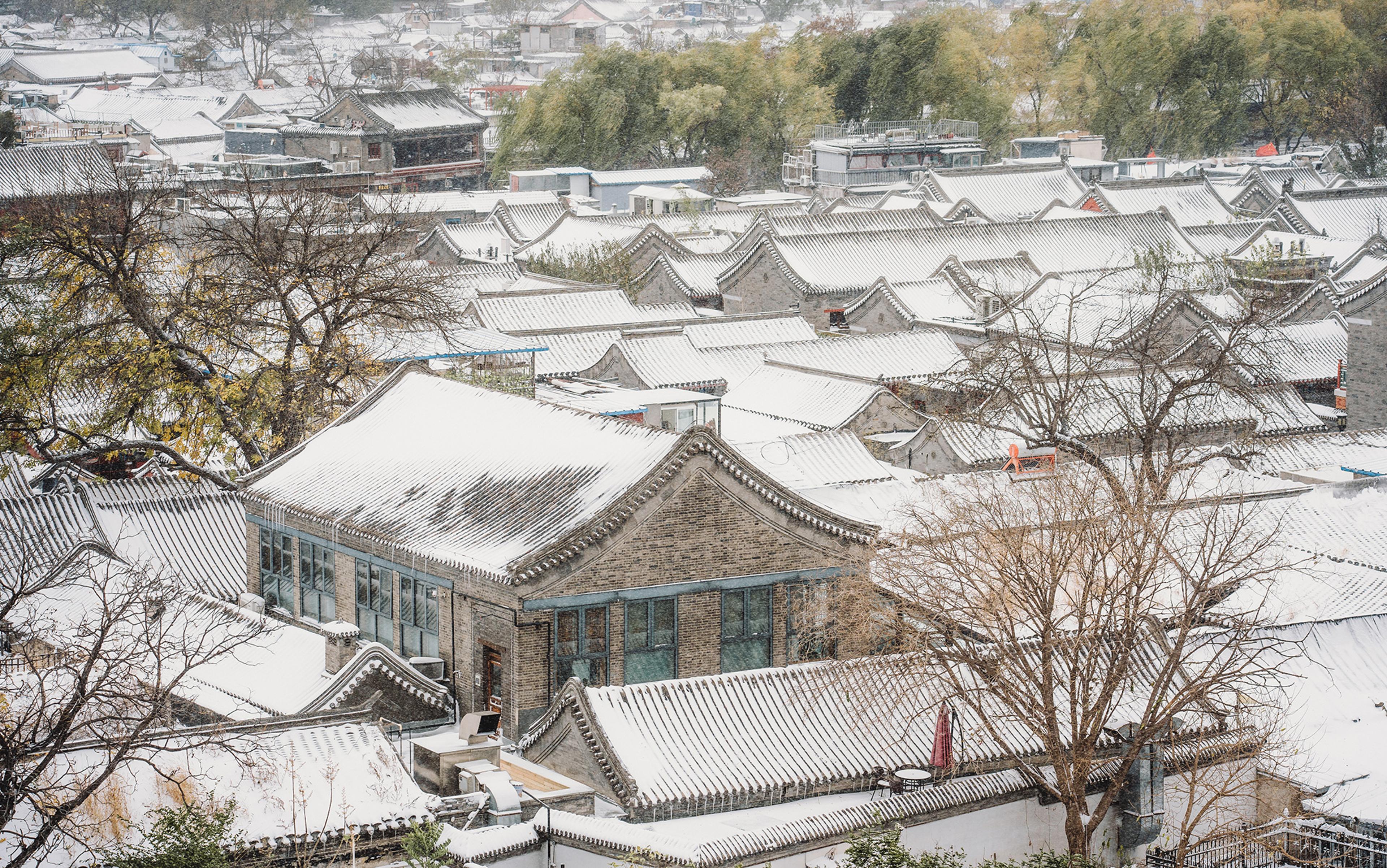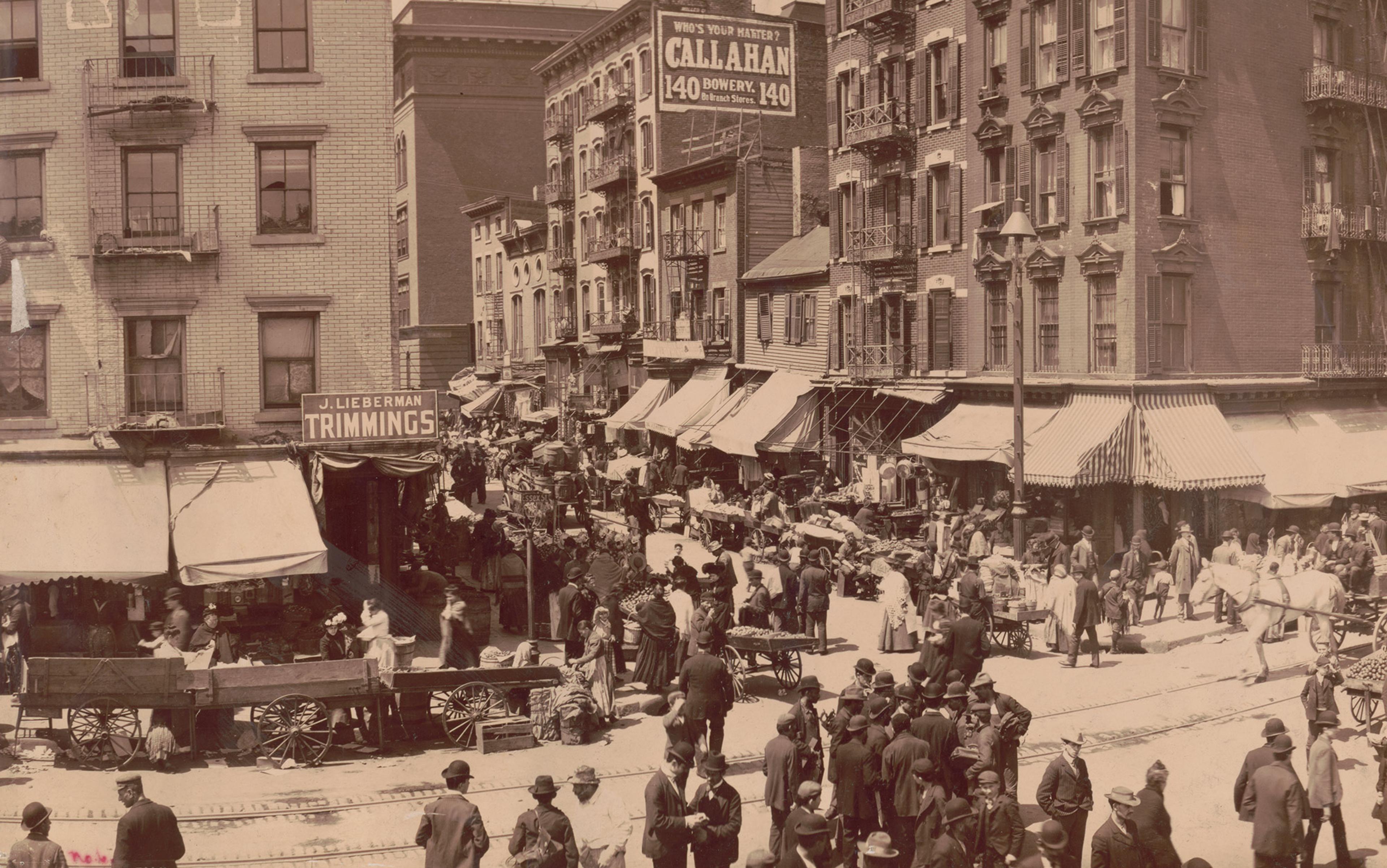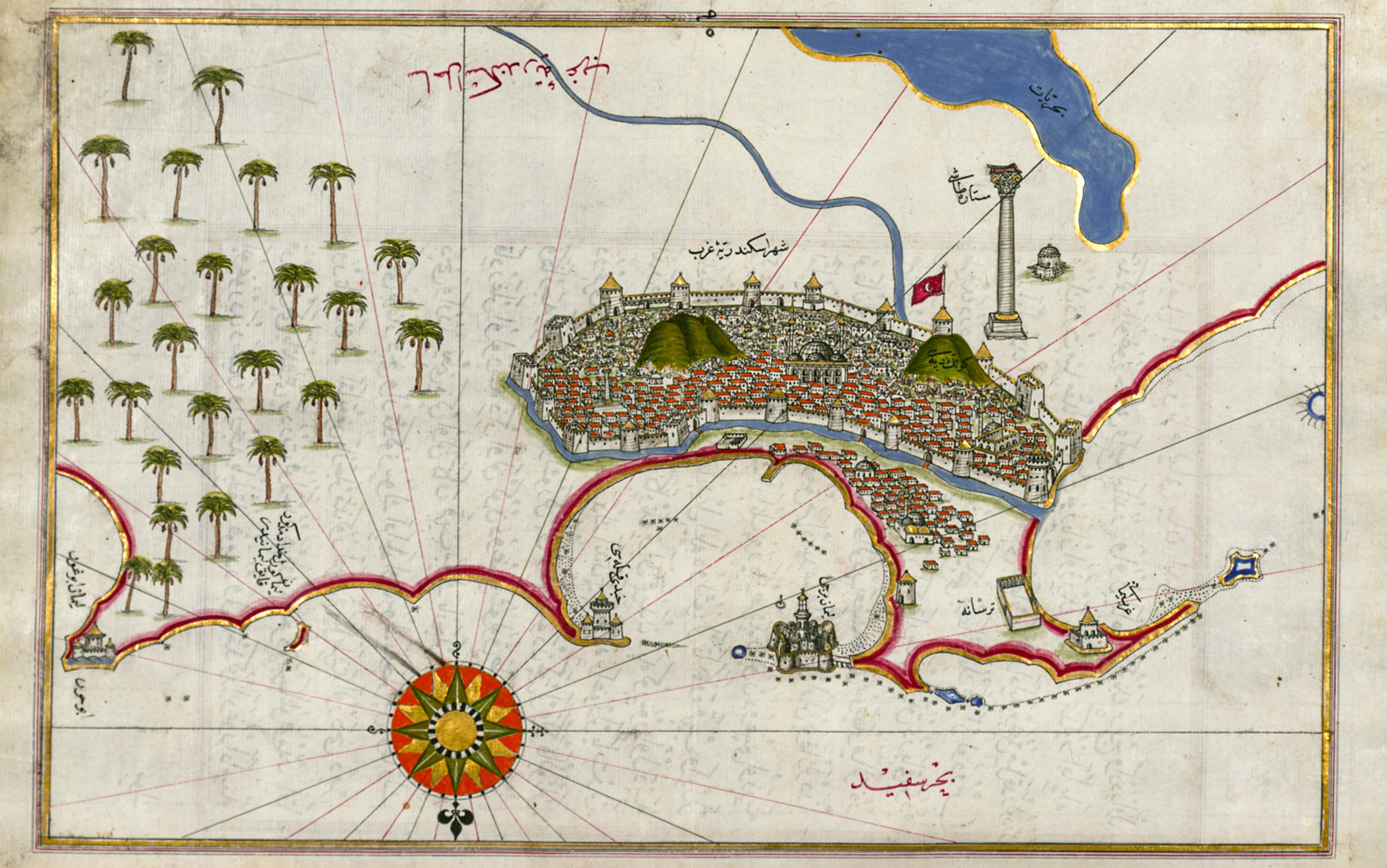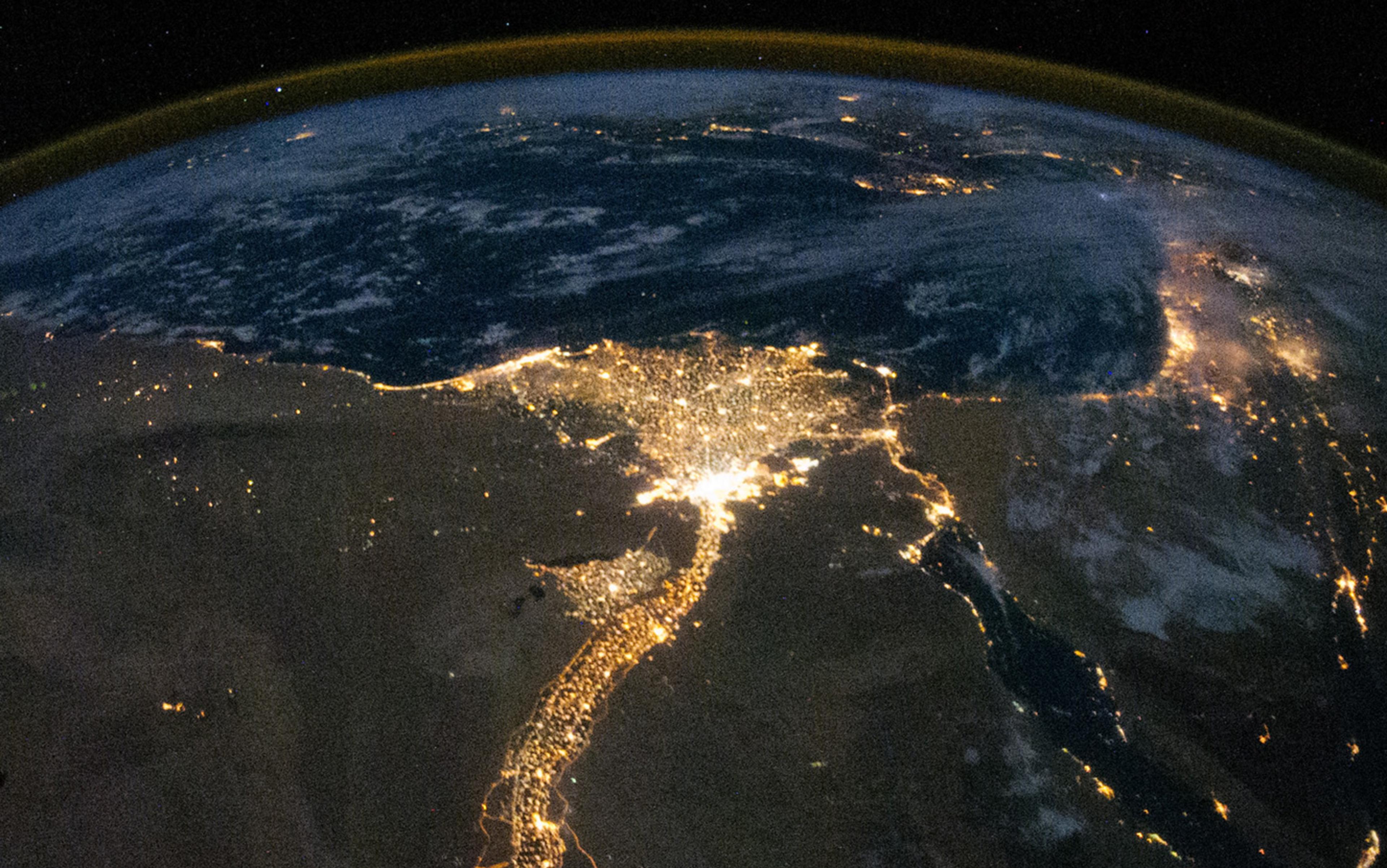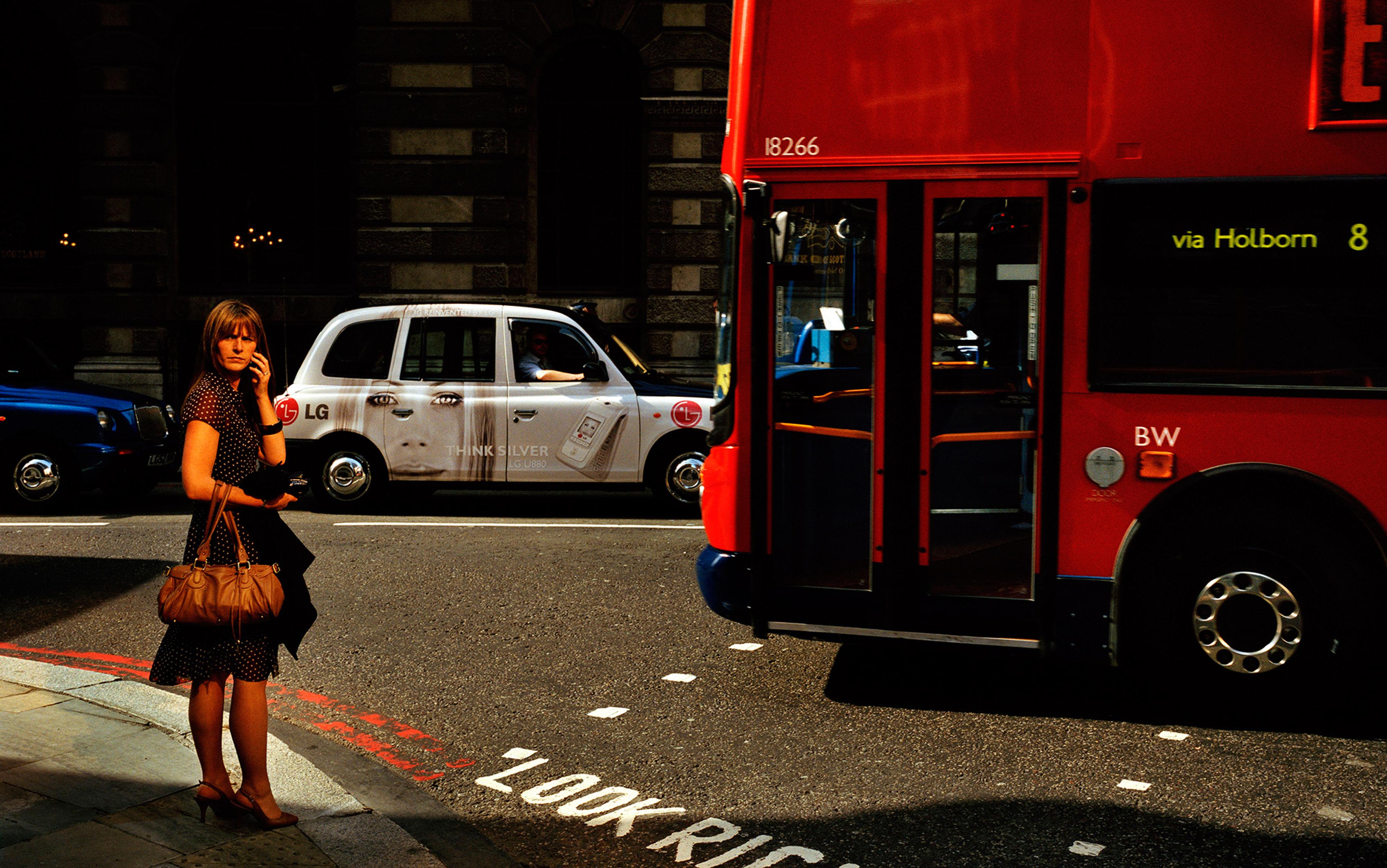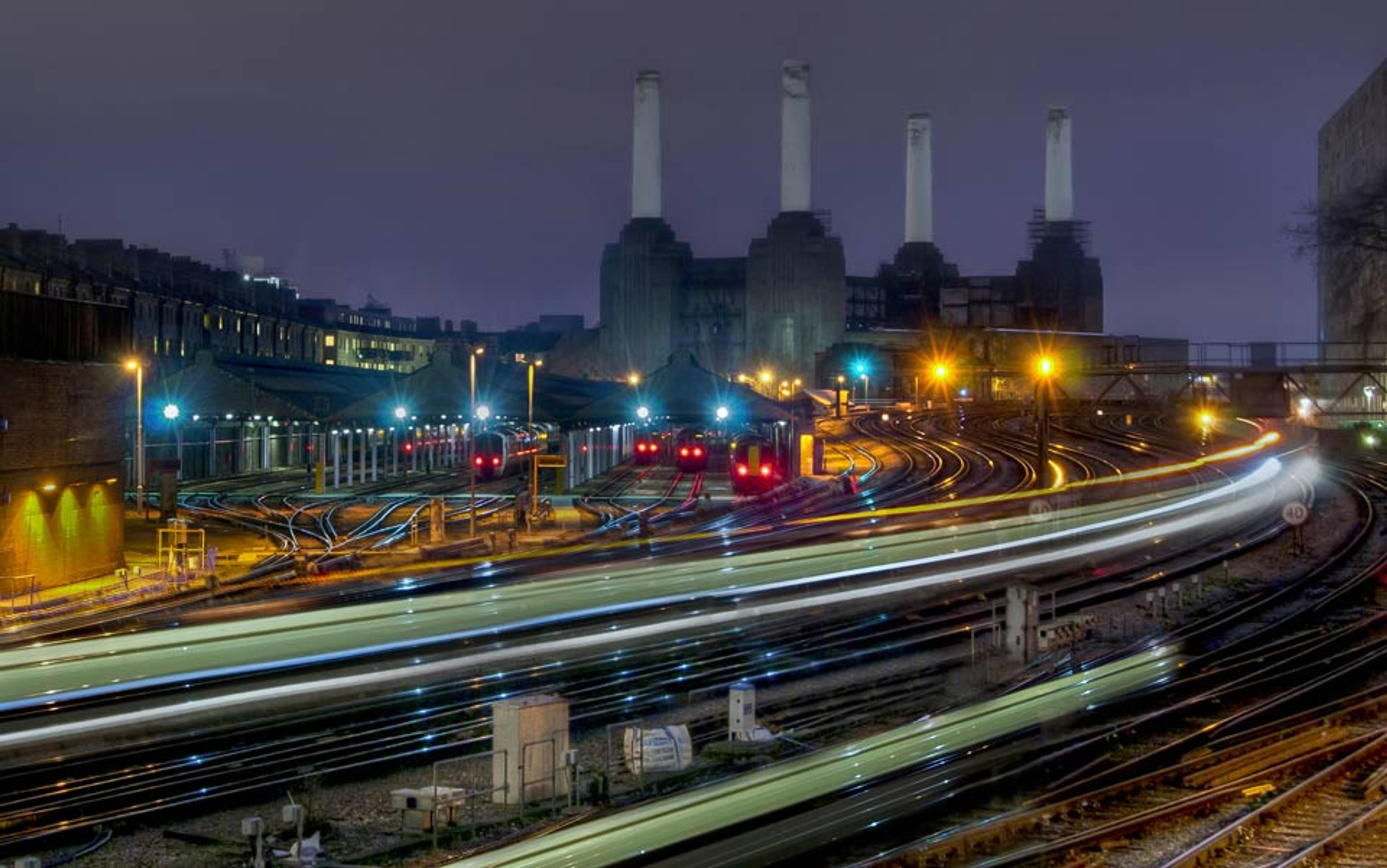At some unknown moment between 2010 and 2015, for the first time in human history, more than half the world’s population lived in cities. Urbanisation is unlikely to reverse. Every week since, another 3 million country dwellers have become urbanites. Rarely in history has a small number of metropolises bundled as much economic, political and cultural power over such vast swathes of hinterlands. In some respects, these global metropolises and their residents resemble one another more than they do their fellow nationals in small towns and rural area. Whatever is new in our global age is likely to be found in cities.
For more than two decades, geographers and sociologists have debated the character and role of cities in globalisation. Historians have been a step behind, producing less and more cautious work on cities and globalisation, and struggling to find readers. The relative silence is notable. As early as 1996, the sociologist Charles Tilly wrote that historians have ‘the opportunity to be our most important interpreters of the ways that global social processes articulate with small-scale social life’. Generally, historians did not answer the call. We still don’t have the powerful insights of historical perspective on many aspects of the historic urbanisation through which we are living.
For centuries, philosophers and sociologists, from Jean-Jacques Rousseau to Georg Simmel, have alerted us to how profoundly cities have formed our societies, minds and sensibilities. The widening political polarisation between big cities and rural areas, in the United States as well as Europe, has driven home the point of quite how much the relationship between cities and the provinces, the metropolis and the country, shapes the political lives of societies. The history of cities is an extraordinary guide to understanding today’s world. Yet, compared with historians at large, as well as more present-minded scholars of urban studies, urban historians have not featured prominently in public conversation as of late.
Current politics can be a good place to start. In the US presidential elections of 2016, urban and rural people voted so differently that county-population density was a better electoral predictor than race, income, education or gender. Spatial political clustering could grow more pronounced. What the journalist Bill Bishop in 2004 called ‘the big sort’ has helped to shape the rancorous tone, and terms, of political debates, as an antagonism between the ways of authentic small-town and country people versus the contaminating forces of ‘cosmopolitanism’ and ‘globalism’ in the big city.
Although city-loathing has lately acquired an unusual salience in the US, the importance of the rural-urban divide in politics is not of recent vintage. Some claim that Jeffersonian agrarianism indelibly engraved ruralist biases into US political culture. But anti-urban political ideologies thrive around the world. Russia’s narodniki, a group of middle-class intellectuals in the 1860s and ’70s, preached peasant romanticism. Mao’s Cultural Revolution in China pursued a back-to-the-land agenda no less than the Khmer Rouge’s genocidal vision of razing city life altogether in Cambodia. Both Germany’s turn-of-the-century Lebensreform movement and Gandhi’s asceticism appealed to the apparent moral superiority of country life. Early 20th-century Argentine intellectuals converted the stalwart, rural figure of the gaucho into the prime symbol of national identity. At the same time, they saw the tango of Buenos Aires as a ‘mongrel product’, the degenerate musical genre of an immigrant port city.
Political differences between the city and the countryside do not spring merely from populist fantasies: urban and rural people have indeed often supported different politics. As long as they competed in democratic elections, the parties of Mussolini and Hitler collected a significantly greater share of the vote in rural areas of Italy and Germany than in larger cities, even as rural traditionalism and parts of the Catholic Church hampered the inroads that fascists could make in some regions. In the German Reichstag elections of 1932, for example, the rural-urban gap in the Nazi vote was roughly 20 points in regions such as Schleswig-Holstein or Franconia. Today, European Right-wing populist parties, such as France’s National Front, Austria’s Freedom Party or Hungary’s Civic Alliance (Fidesz), don’t usually perform well in cities. In fact, they do particularly badly in these countries’ capitals. Likewise, French, Austrian and Hungarian populist parties express resentment against the Parisian, Viennese or Budapest elite.
Some scholars look all the way back to the new systems of political organisation and the peculiar social life generated by the first cities. The political anthropologist James Scott has recently speculated that human beings devised the first states as a response to the ‘ecological effects of urbanism’. Democracy was deeply, perhaps inextricably linked to the Greek polis, as observers from Aristotle to John Stuart Mill have discussed. The medieval German adage ‘City air makes you free’ expressed a customary law stipulating that one year of life in the city liberated rural serfs. The saying is still in use today. In Romance languages, all the variations of the word ‘citizen’ betray the deep ties between the city and ideas about political community. Conversely, the English term ‘denizen’, which lacks the etymological association with the city, casts doubt on full belonging.
Modern anti-urbans in turn figuratively expel city dwellers from the political community; and sometimes literally, as in the infamous case of the Khmer Rouge regime. The idea that urbanites lack national character is at least as old as modern nationalism. Want to know a nation? ‘Study a people outside of its cities; it is only in this way that you will know it,’ advised Rousseau in Émile, or Treatise on Education (1762). The government’s spirit, he wrote, ‘is never the same in the city and the country’ and it is ‘the country which constitutes the land, and it is the people of the country who constitute the nation’.
Typically urban types such as the dandy exemplified unproductiveness
By the beginning of the 20th century, the effects of the city on people’s minds and patterns of life had led to the creation of a new academic discipline called sociology. Some early sociologists continued the animus against urbanites. In his essay ‘The Metropolis and Mental Life’ (1903), Simmel diagnosed that people in big cities suffered ‘the rapid crowding of changing images … and the unexpectedness of onrushing impressions’ and thus the ‘intensification of nervous stimulation’. Simmel found the over-stimulation of city life produced a ‘blasé’ personality type characteristic of the metropolis. This ‘metropolitan type of man’ according to Simmel, ‘reacts with his head instead of his heart’.
Like Max Weber, another German sociologist, Simmel viewed it as a defining trait of cities that their inhabitants were not primarily engaged in producing anything indispensable for human life, such as food. Instead, urbanites specialised in morally murky market exchanges between mutually anonymous stakeholders who interacted only for pecuniary purposes. In contrast to the peasant’s earthy forthrightness, city dwellers seemed fishy and of dubious morality. Typically urban types, for example the dandy, lacked any relationship to the land and its harvest, and exemplified unproductiveness and superficial emotions.
The notion that corrosive and corrupt social groups were concentrated in cities was nothing new. Late medieval Europe harboured suspicion of merchants, a quintessentially urban social group, for fear that they endangered the moral order. But Simmel and other early sociologists brought together a bundle of ideas about cities that remain easily recognisable. Cities, he wrote, were ‘the seat of the money economy’, distinguished by the fact that they produced nothing real. What cities did do, Simmel conceded, was bring ‘the purchasability of things to the fore much more impressively than do smaller locales. That is why cities are also the genuine locale of the blasé attitude.’ The concentration and multiplication of market exchanges entailed the increasing anonymity between traders, growing specialisation, and abstractions in value, so that cities became homes of ‘intellectuality’ and ‘cosmopolitanism’.
Despite his brief against cities, Rousseau signed most of his works with the lofty line ‘citizen of Geneva’. Simmel, born in Berlin in 1858, embodied as many metropolitan features as was then possible for a German: the scion of a bourgeois Jewish family that converted to Christianity, his father was a chocolate manufacturer with a stake in the renowned Sarotti brand. Simmel grew up on the corner of Leipziger Straße and Friedrichstraße, and attended a prestigious classical Gymnasium nearby Berlin’s iconic Friedrichstraße station, built during his first high-school year. Straight after, he went on to study philosophy and history at the University of Berlin (today Humboldt University) just around the corner, right on Unter den Linden boulevard. Simmel’s unflattering appraisal of ‘The Metropolis and Mental Life’ was born of intimate knowledge.
In spite of Simmel’s antipathy towards big-city life, few authors shaped 20th-century thinking about cities, their nature and place in the world as much as he did. Simmel’s influence ran especially deep in the early Chicago School of Sociology. It found an able exponent in the sociologist Louis Wirth, another German Jew. Wirth’s upbringing could hardly have differed more from Simmel’s: he was born in 1897 to a cattle-dealer father in the provincial town of Gemünden, which the Weimar Republic’s chief comedian Joachim Ringelnatz commended for its ‘quaint alleyways’. In 1911, Wirth left for Omaha in Nebraska to live with his uncle, and from there went on to the University of Chicago. At Chicago, still only 31 years old, Wirth published his book The Ghetto (1928), a study of how Jews in the Old and the New World flocked together in urban spaces. The book’s stress on voluntary clustering due to socioeconomic reasons, rather than enforced separation, still shapes how many Americans think about residential segregation in their cities today.
Simmel, Wirth and other early 20th-century sociologists perplexed over the pace of urbanisation and the profoundness of its social changes. More than any dislike or endearment, Simmel and Wirth’s writings express exhilaration over the hustle and bustle: the incessant succession of crowded trains above and below ground, the carpet of lights on a winter night, and the unbridled consumerism of department stores. They were real-time eyewitnesses of how all that had seemed solid melted into air. In fact, of course, city life made many things more solid, petrified, built with concrete. Within Simmel’s lifetime (1858-1918), Berlin’s population more than quadrupled from 460,000 to 1.9 million. During the decades prior to Wirth’s move to Chicago, the city had grown almost 10-fold, from 298,000 in 1870 to 2.7 million in 1920. The world’s urbanisation rate, meanwhile, rose from 12 per cent in 1870 to 20 per cent in 1900.
Considering how formative the 20th-century’s vertiginous urbanisation was for Simmel and Wirth, and for the creation of sociology as a modern social science, the transformation of urban space itself played a surprisingly marginal role in sociology. Chicago School studies of ethnic segregation in cities, including Wirth’s own The Ghetto, are rather indifferent towards the transformation of cityscapes. In their writings, the city appears as a given, an immovable and unchanging setting for the people who inhabit it.
The ahistorical approach to studying cities has persisted, with historians having had little influence in how we think about and understand urbanism. Although the subfield of urban history had its own institutions and journals since the 1960s, sociologists and other urban scholars have paid little attention to its output. As historians turned to culture, the social-science methods out of which urban history was born became increasingly unpopular over the past generation or two, and urban history suffered. The recent rise of global history, with its affection for long-distance connections and movement, has done nothing to help urban history.
All cities have more than two parents, some local and others global
The resulting present-mindedness of urban studies leads to blind spots. Cities, after all, are products of history and, as such, they change over time. For example, where a specific ethnic community lives in any given city often depends on how their arrival related to the development in time of the city itself. In contrast to New York, Buenos Aires never gave birth to a Little Italy. Chicago School scholarship explained this difference by pointing to the so-called social-distance hypothesis, according to which greater cultural difference between an immigrant group and the host society results in higher levels of the immigrants’ residential concentration. The argument holds that since Italians were socio-culturally not so distant from Argentina’s Catholic Spanish-speaking mainstream, they did not end up in specifically Italian neighbourhoods.
But as an explanation for why a Little Italy formed in New York but not in Buenos Aires, the social-distance hypothesis turns out not to work. It rests on the flawed assumption that the city had a definite shape and we have to ask ourselves only how people spread in it. Yet we also know that Spanish immigrants in Buenos Aires, who shared even more socio-cultural traits with Argentine society than Italians did, nonetheless clustered much more spatially comparatively. Rather than cultural differences between population groups, the key to understanding Buenos Aires’s absent Little Italy is essentially historical, to be found in conditions existing at the time when Italian immigrants arrived and no longer present later, when Spanish immigrants came to Buenos Aires. Italian immigrants arrived earlier and they often settled on small rural plots in the then pampas, before the massive growth of the nearby city set in. The Italian immigrants’ wider spread over semi-urban areas (which the metropolis subsequently ate up) led to their relatively even distribution in space shown in later censuses. The city came to the immigrants, not the immigrants to the city; a process for which there is little room in Chicago School theory.
Much in the life and character of a city depends on when it was born, and by what kind of parents. All cities have more than two parents, some local and others global. Singapore, for example, rose to the rank of global city due to the forces of British colonialism, the opening of the Suez Canal, the political, economic and social history of China, and eventually Southeast Asia’s decolonisation. Even where the built environment itself remains relatively stable over several decades, the nature and the meanings of neighbourhoods can change radically over time. In the 20th-century US, inner cities were widely associated with poverty and decay, while moving to the suburbs meant a step up the social ladder. In the 1990s, many pundits still believed that the technological revolution of the internet would soon allow for the complete decoupling of workplace from residence, and thus abet the old American dream of complete ruralisation. The opposite happened. The tech sector turned out to value density even more than mass manufacturing had, and it helped to gentrify cities, reversing the trend towards suburbanisation and making central cities unaffordable for all but the rich. The decline of manufacturing and the digital revolution thus fuelled an inversion of the peculiarly US premium on the suburb, and the associated stigma of the inner city.
Urban scholars interested in global cities, for all their sensitivity to space, forgot the dimension of time
Yet, even as the socio-spatial organisation of US cities has become less idiosyncratic in recent decades, another change looms on the horizon. Alongside the gentrification of their inner cities, a few metropolises have amassed an ever-rising share of wealth while blocking the building of more housing that could ease overpricing. The logjam exacerbates rural-urban polarisation and fans anti-urban resentment. But it also chokes the social mix of dense central districts, endangering the very characteristics that made these quarters so attractive in the first place. Whereas in 2002 the urban theorist Richard Florida still championed the metropolitan clustering of what he called the ‘creative class’ as an engine of prosperity and urban renewal, his 2017 book diagnoses an ‘urban crisis’ as a result of the very gentrification he once advocated.
Greater interest in the long-term historical change of cities, or a look beyond the specific case of North America, might well have spared him changing track from fêting to foreboding with regard to what the ‘creative class’ does to our habitat. As Frederick Cooper, a historian of Africa, has pointed out in Tensions of Empire (1997), globalisation, whether in the past 50 years or in the late-19th century, is ‘filled with lumps, places where power coalesces surrounded by those where it does not’. Usually, the lumps have been located in specific parts of specific cities. The 19th-century commodity entrepôts of the global South, such as Buenos Aires or Singapore, provide telling examples of how bridgeheads of globalisation work. Their city centres were pivots of power and wealth, while their outskirts accommodated the neverending stream of rural poor migrating towards cities. Urban theory today would be well advised to learn from such precedents.
Acknowledging that global and local forces together, over time, shape our cities and our social life therein amounts to no more than recognising every historian’s cliché that ‘time and place matter fundamentally’, as Tilly admonished. And yet, in understanding global cities, one of the two is all too often dropped. The historian Jeremy Adelman warned recently that the rise of global history underestimated ‘the power of place’. Conversely, urban scholars interested in global cities, for all their sensitivity to space, forgot the dimension of time.
Urbanisation continues to proceed apace; and is unlikely to reverse. But that more than half of all humans now live in cities is not the only reason why the urban environment matters. As early 20th-century sociologists such as Simmel knew, social differentiation as a whole has been centred in, and driven by, cities. Anyone interested in globalisation and inequality therefore must look at the urban lumps in which vast global processes interact with small-scale social life. Sociologists, and urban theorists, are well aware of this urgency, which has lent some of them the status of intellectual celebrities. But their writings lack the historical depth necessary to understand our global urban present. Historians must step up to providing this depth.
